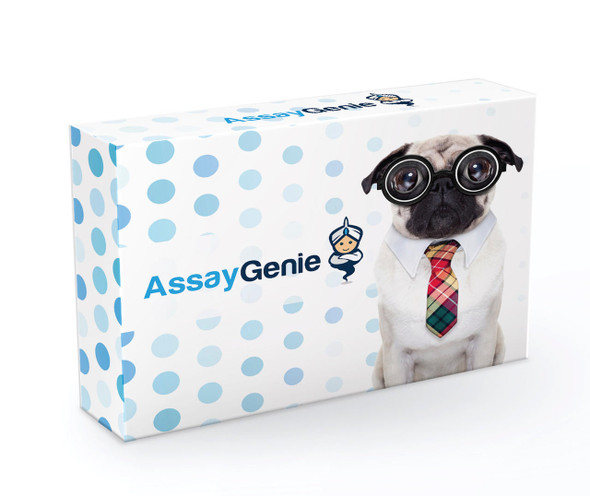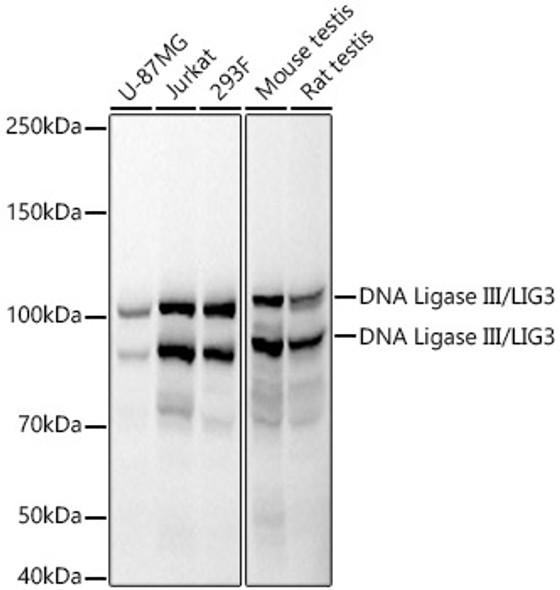Description
Product Information
The GenieClone T4 DNA Ligase catalyzes the formation of a phosphodiester bond between the adjacent 5'-phosphate and 3'-hydroxyl on the blunt or cohesive end of dsDNA. It can also catalyze the linkage of RNA with ssDNA or RNA in double stranded nucleic acids. However, it cannot catalyze linkages between single stranded nucleotides. The T4 DNA Ligase can be used in labelling the 3’-end of RNA, cyclizing RNA and DNA oligonucleotides, cloning of cDNA, and other manipulation of nucleic acids.
Product Components
| Components | MORV0007 |
| 10x Ligase Buffer* | 1ml |
| T4 DNA Ligase (400U/µl) | 100µl |
Storage
Store at -20°C.
Unit Definition
In a ligation reaction system of 20 μl, one unit (U) is defined as the amount of enzyme required to catalyze the ligation of more than 50% of n6μg λDNA-HindIII DNA fragments in 30 min at 16℃.
Application
1. Ligation between DNA fragments and vector DNA.
2. Ligation between DNA fragments and Linker or adaptor DNA.
Protocol
| Protocol | Steps | ||||||||||||
| 1. | Prepare the following reaction solution in a microcentrifuge tube:
Note: 1. The molar ratio of Insert/Vector should be between 3: 1 and 10: 1. | ||||||||||||
| 2. | Incubate overnight at 16℃. | ||||||||||||
| 3. | Transformation. 3.1 Add the ligation product to 100μl of competent cells. The volume of the ligation product should be less than 1/6 of the volume of competent cells. Mix gently and incubate for 30 min on ice. 3.2 Incubate the mixture at 42℃ in a water bath for exactly 90 seconds. Then immediately chill on ice for 2 min-3 min without disturbing the mixture. 3.3 Add 900μl of LB or SOC medium to the centrifuge tube. Then out the tube in a shakerincubuator (150rpm,37℃) for 45 min, during which the cells will recover and express the resistance gene. 3.4 Centrifuge at 2,500× g for 5 min and discard 900μl of supernatant. Resuspend the cells with the remaining medium and gently coated on a agar plate containing the appropriate antibiotics. Incubate overnight at 37℃. |






